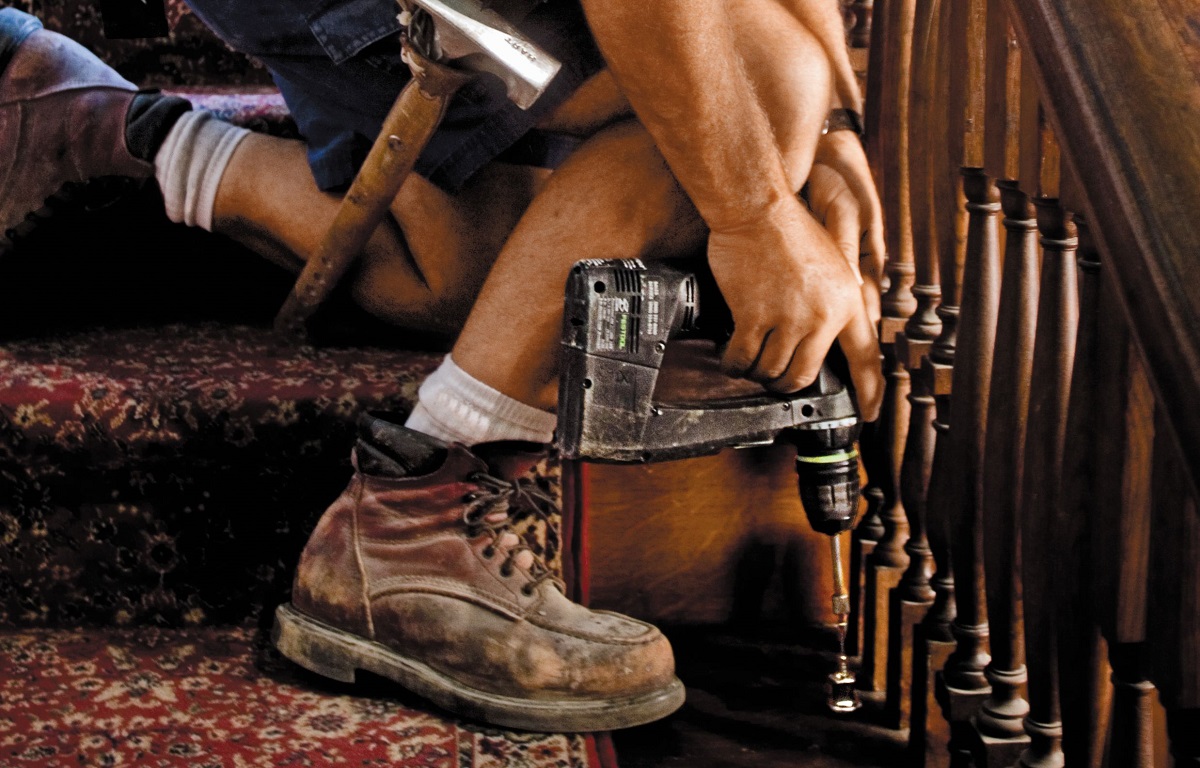

Articles
How To Fix Squeaky Carpeted Stairs
Modified: October 28, 2024
Learn effective techniques to fix and silence squeaky carpeted stairs with these informative articles.
(Many of the links in this article redirect to a specific reviewed product. Your purchase of these products through affiliate links helps to generate commission for Storables.com, at no extra cost. Learn more)
Introduction
Squeaky carpeted stairs can be a nuisance in any home. Not only do they disrupt the peaceful ambiance, but they can also be a potential safety hazard. The creaking noise can wake up sleeping family members, startle pets, or even give away your secret midnight snack excursions. Fortunately, there are simple and effective ways to fix squeaky stairs that will have your staircase silent and stable once again.
Before we dive into the solutions, it’s important to understand the common causes of squeaky carpeted stairs. Over time, the repeated pressure and foot traffic can loosen the nails that hold the stairs in place. The friction between the carpet and the stair treads can also generate squeaky sounds. By identifying the root cause of the squeaks, you can choose the most appropriate method to fix them.
In this guide, we will take you through a step-by-step process of fixing squeaky carpeted stairs. Whether you’re a seasoned DIY enthusiast or a first-time fixer-upper, these methods are designed to be accessible and effective for everyone. So grab your tools and let’s tackle those annoying squeaky stairs together!
Key Takeaways:
- Say goodbye to annoying squeaks in your carpeted stairs by identifying the cause and using simple tools like screws, lubricant, and shims to fix the issue effectively.
- If DIY methods don’t work, don’t hesitate to seek professional help to ensure a long-lasting solution for your squeaky carpeted stairs. It’s all about creating a peaceful and safe home environment.
Tools Required
Before you begin fixing your squeaky carpeted stairs, it’s important to gather the necessary tools. Having the right tools on hand will make the process smoother and more efficient. Here are the tools you’ll need:
- Screwdriver
- Hammer
- Pliers
- Drill
- Wood screws
- Lubricant (such as WD-40)
- Shims or wedges
- Carpentry adhesive
The specific type and size of screws will depend on the construction of your stairs. Make sure to choose screws that are long enough to securely fasten the loose components, but not so long that they penetrate through the other side. Additionally, select a lubricant that is safe for use on carpets and won’t cause any discoloration.
If you don’t already have these tools in your toolbox, most hardware stores carry them at affordable prices. It’s worth investing in these basic tools, as they can come in handy for various home repair projects.
Once you have gathered all the necessary tools, you’re ready to proceed with fixing your squeaky carpeted stairs. Remember to follow the steps carefully and take your time to ensure a successful and long-lasting repair.
Step 1: Identify the Cause of the Squeaking
Before you can fix the squeaky carpeted stairs, it’s important to identify the source of the problem. Squeaks can be caused by a variety of factors, and pinpointing the exact cause will help you choose the appropriate solution.
To identify the cause, walk up and down the stairs slowly, paying close attention to where the squeaking noise originates. Use your hands to press down firmly on each step and listen for any creaking sounds. It’s helpful to have someone else stand at the bottom of the stairs to assist in locating the source as well.
Once you have pinpointed the area where the squeaking is most prominent, you can start troubleshooting the cause. Common culprits include loose nails, friction between the treads and the carpet, or gaps between the stair treads and the risers.
If the squeaking is caused by loose nails, you will hear a distinct creaking sound when you apply pressure. If it’s due to friction, the noise will likely be more consistent throughout the steps. And if there are gaps between the treads and risers, you may notice the stairs shifting slightly as you walk on them.
By understanding the cause of the squeaking, you can move on to the appropriate steps in order to resolve the issue. Whether it’s tightening loose nails, applying lubricant, or inserting shims, knowing the root cause will ensure you’re addressing the problem effectively.
Once you have identified the cause of your squeaky carpeted stairs, you’re ready to move on to the next step in the repair process. Let’s delve into the specific solutions to fix those annoying squeaks!
Step 2: Tighten Loose Nails
If the cause of your squeaky carpeted stairs is loose nails, this step will help resolve the issue. Over time, the repeated pressure and foot traffic can cause the nails to loosen, resulting in squeaks.
To begin, locate the loose nails by listening for squeaking sounds or by visually inspecting the stairs. Once you identify the loose nails, use a screwdriver or a hammer to firmly tighten them. Apply pressure while twisting the screwdriver or tapping the hammer to ensure the nail is secure.
If the nails are in good condition and just need tightening, this simple solution should eliminate the squeaking noise. However, if the nails are damaged or no longer hold the stairs firmly in place, you may need to replace them with new, longer nails or screws.
If the stairs have a carpet covering, be careful not to damage the carpet fibers while working on the nails. Gently lift the carpet away from the area you’re working on, and avoid applying excessive force that could tear or stretch the carpet.
After tightening the loose nails, walk up and down the stairs again to test if the squeaks have been resolved. If the squeaking persists, proceed to the next step for alternative solutions.
Tightening loose nails is a simple and effective method to fix squeaky carpeted stairs. By securing the nails, you ensure that the stairs are properly anchored and minimize any movement that causes squeaking noises.
If tightening the nails doesn’t solve the problem, don’t worry. There are additional steps you can take to silence those squeaks. Let’s move on to the next solution!
Step 3: Apply Lubricant to Reduce Friction
If the cause of your squeaky carpeted stairs is friction between the treads and the carpet, applying a lubricant can help reduce the friction and eliminate the squeaking noise.
To begin, you’ll need to lift the carpet covering on the stairs to access the underside of the tread. Gently pull back the carpet, being careful not to damage it in the process.
Once the underside of the tread is exposed, apply a lubricant such as WD-40, silicone spray, or powdered graphite to the area where the tread and the carpet meet. These lubricants effectively reduce friction and can help silence the squeaks.
Use a cloth or a brush to spread the lubricant evenly along the entire length of the tread. Be sure to apply enough lubricant to thoroughly coat the area where the friction occurs.
Once you have applied the lubricant, allow it some time to penetrate and work its magic. This will vary depending on the specific product you’re using, so refer to the instructions on the lubricant’s packaging for guidance.
After the lubricant has had time to settle, gently press the carpet back into place and smooth it down to ensure it lays flat. Take care not to create wrinkles or folds in the carpet, as this could create a tripping hazard or affect the aesthetic appeal of your stairs.
Finally, walk up and down the stairs to test if the lubricant has effectively reduced the friction and eliminated the squeaks. If you still hear squeaking, proceed to the next step for further solutions.
Applying lubricant to reduce friction is a commonly used technique to fix squeaky carpeted stairs. It provides a temporary solution that can significantly reduce or even completely eliminate the annoying squeaking noise.
If lubricating the treads and the carpet doesn’t solve the problem, don’t fret. There are additional steps you can take to quiet those squeaks. Let’s move on to the next solution!
To fix squeaky carpeted stairs, try using a specialized squeak elimination kit that includes screws and a guide for securing the stairs to the stringers. This can help eliminate the noise and make your stairs more secure.
Read more: How To Stop Squeaky Stairs
Step 4: Insert Shims or Wedges
If the squeaking in your carpeted stairs persists after trying the previous steps, the issue may be due to gaps or movement between the stair treads and the underlying supports. In this case, using shims or wedges can help stabilize the stairs and eliminate the squeaks.
Before you start, you’ll need to lift the carpet covering on the stairs to gain access to the gaps between the treads and the supports. Carefully pull back the carpet, ensuring that you don’t damage it in the process.
Next, identify the areas where there are gaps or movement between the treads and the supports. These gaps can result in the stairs rubbing against each other, causing the squeaking noise.
Using shims or wedges, you can fill these gaps and provide extra support to prevent movement. Shims are thin, tapered pieces of wood or plastic that can be inserted into the gaps. Wedges are larger, triangular-shaped pieces that can be wedged tightly into the gaps.
To insert the shims or wedges, gently tap them into the gaps using a hammer and a scrap piece of wood. Start with one shim or wedge at a time and gradually add more as needed until the gap is filled and the stairs are stable.
Make sure to place the shims or wedges in strategic locations to provide maximum support. This may include inserting them near the front and back edges of the treads or along the sides of the stair stringers.
Once you have inserted the shims or wedges, press the carpet back into place, smoothing it down to ensure a neat appearance. Avoid creating wrinkles or folds in the carpet, as this can interfere with the aesthetic appeal and may create a tripping hazard.
Finally, test the stairs by walking up and down to determine if the shims or wedges have successfully eliminated the squeaking. If you still hear any noise, proceed to the next step for additional solutions.
Inserting shims or wedges can be an effective way to stabilize your carpeted stairs and eliminate squeaks caused by gaps or movement. By filling these gaps, you create a solid foundation and reduce the chances of the stairs rubbing against each other.
If using shims or wedges doesn’t completely resolve the squeaking, don’t worry. There are still methods you can implement to achieve quieter stairs. Let’s move on to the next step!
Step 5: Reinforce Stair Treads
If your carpeted stairs are still squeaking after trying the previous steps, reinforcing the stair treads can provide additional stability and help eliminate the noise.
To begin, lift the carpet covering on the stairs to gain access to the stair treads. Carefully pull back the carpet, being cautious not to damage it.
Inspect the condition of the stair treads. If you notice any signs of wear or damage, such as cracks or splits, it’s important to address these issues before proceeding. Repair or replace any damaged treads to ensure a solid foundation.
Once the treads are in good condition, reinforce them by adding extra support. You can do this by installing additional screws or nails through the treads into the underlying supports.
Using a drill or a screwdriver, carefully insert the screws or nails at strategic points along the treads. Aim for the areas where the treads may have loosened or show signs of movement.
When inserting the screws or nails, take care not to penetrate through the surface of the tread or create visible holes in the carpet. Take your time and ensure that the fasteners are securely holding the treads without compromising the aesthetics.
Once you have reinforced the stair treads with screws or nails, gently press the carpet back into place, smoothing it down to maintain a neat appearance.
After the carpet is securely in place, walk up and down the stairs to test if the reinforcement has eliminated the squeaks. If the noise persists, there are more options to try in the next step.
Reinforcing the stair treads with additional screws or nails can provide added stability to prevent movement and reduce squeaking. By strengthening the connection between the treads and the underlying supports, you can achieve a quieter and more stable staircase.
If reinforcing the treads doesn’t fully solve the squeaking issue, don’t worry. There are still interventions you can undertake to achieve silent stairs. Let’s move on to the next step!
Step 6: Use Carpet Adhesive
If previous methods have not resolved the squeaking of your carpeted stairs, using carpet adhesive can provide a strong and long-lasting solution. Carpet adhesive helps to secure the carpet firmly in place, minimizing movement and eliminating squeaks.
To begin, lift the carpet covering on the stairs to expose the underside. Take caution to avoid damaging the carpet during this process.
Using a carpet adhesive recommended for use on stairs, apply the adhesive evenly to the underside of the carpet. Pay close attention to areas where the carpet meets the stair treads, as these are typically the sources of the squeaking.
Use a brush or a trowel to spread the adhesive evenly, ensuring that you cover the necessary areas thoroughly. Make sure not to overapply the adhesive, as excess glue can seep through the carpet and leave visible marks.
After applying the carpet adhesive, carefully press the carpet back down onto the stairs. Smooth it out to remove any wrinkles or bubbles, ensuring that it adheres securely.
Allow the carpet adhesive to cure according to the manufacturer’s instructions. This curing time can vary, so refer to the adhesive’s packaging for guidance. It’s important to avoid stepping on the stairs during this period to allow the adhesive to fully set.
After the adhesive has fully cured, walk up and down the stairs to test if the squeaking has been resolved. If you no longer hear any noises, congratulations! Your carpeted stairs are now silent and stable.
Using carpet adhesive provides a strong and reliable solution to eliminate the squeaking of your stairs. By securely bonding the carpet to the stairs, you can enjoy a quiet and seamless staircase experience.
If this method still doesn’t completely fix the squeaking, don’t worry. There is one more step you can take to address the issue.
Step 7: Seek Professional Help if Necessary
If you’ve tried all the previous steps and your carpeted stairs are still squeaking, it may be time to seek professional help. It’s possible that the underlying structural issues or damage require the expertise of a professional to resolve.
A professional carpenter or contractor specializing in staircase repairs will have the knowledge and experience to identify and address the root cause of the squeaks. They can assess the condition of your stairs, determine the best course of action, and execute the necessary repairs using specialized tools and techniques.
By hiring a professional, you can ensure that the squeaking issue is properly resolved, avoiding any potential safety hazards and achieving a long-lasting solution. They will have access to professional-grade materials and may be able to offer additional suggestions or alternatives that you may not have considered.
While seeking professional help may require additional investment, it can save you time, effort, and potential frustration in the long run. Additionally, professionals may be able to provide warranties or guarantees on their work, giving you peace of mind knowing that your squeaky stairs are in capable hands.
When searching for a professional, consider reaching out to local carpentry or general contracting companies that have experience in staircase repairs. Ask for recommendations from friends, family, or neighbors who have had similar issues and received satisfactory service. Request quotes from multiple professionals and compare their expertise, pricing, and timelines to choose the best option for your needs.
Remember, if all else fails, seeking professional help is a smart move to ensure the complete resolution of the squeaking in your carpeted stairs. Don’t hesitate to reach out to experts who can provide the necessary skills and knowledge to bring peace and quiet back to your staircase.
With this final step, you’ve exhausted all possible solutions to fix squeaky carpeted stairs. By following these steps, you will have made significant progress in resolving the issue and creating a peaceful and stable staircase in your home.
Remember, each staircase is unique, and the effectiveness of these solutions may vary depending on factors such as the construction of your stairs and the extent of the squeaks. Take your time, be patient, and don’t hesitate to seek professional help if needed.
Hopefully, with these steps, you will be able to enjoy quiet and squeak-free carpeted stairs for years to come.
Read more: How To Fix Carpet On Stairs
Conclusion
Squeaky carpeted stairs can be a frustrating issue, but with the right steps and a little effort, you can successfully eliminate those annoying squeaks. By following the methods outlined in this guide, you can regain the peace and quiet in your home while creating a safe and stable staircase.
Remember, the first step in fixing squeaky carpeted stairs is identifying the cause. Whether it’s loose nails, friction between the treads and the carpet, gaps between the treads and the risers, or other structural issues, pinpointing the root cause will guide you towards the most effective solution.
Throughout the process, it’s important to gather the necessary tools, such as a screwdriver, hammer, pliers, drill, wood screws, lubricant, shims or wedges, and carpet adhesive. Having these tools readily available will make the repair process smoother and more efficient.
From tightening loose nails to applying lubricant to reduce friction, inserting shims or wedges, reinforcing stair treads, and using carpet adhesive, there are various methods you can employ to silence your squeaky stairs. Each step is designed to address different causes and bring you closer to a solution.
If, despite your efforts, the squeaking persists, it may be time to seek professional help from carpenters or contractors specializing in staircase repairs. They have the expertise, tools, and knowledge to tackle complex issues and provide a long-lasting solution.
Fixing squeaky carpeted stairs is not only about eliminating noise but also about creating a safe and comfortable environment in your home. By addressing the problem promptly, you can prevent further damage and ensure the longevity of your staircase.
Remember, each staircase is unique, and the effectiveness of these solutions may vary. Take the time to evaluate and test each step to determine what works best for your specific situation.
We hope that this guide has provided you with valuable insights and practical solutions to fix your squeaky carpeted stairs. With patience, persistence, and the right tools, you can enjoy a quiet and stable staircase that enhances the overall comfort and serenity of your home.
Frequently Asked Questions about How To Fix Squeaky Carpeted Stairs
Was this page helpful?
At Storables.com, we guarantee accurate and reliable information. Our content, validated by Expert Board Contributors, is crafted following stringent Editorial Policies. We're committed to providing you with well-researched, expert-backed insights for all your informational needs.
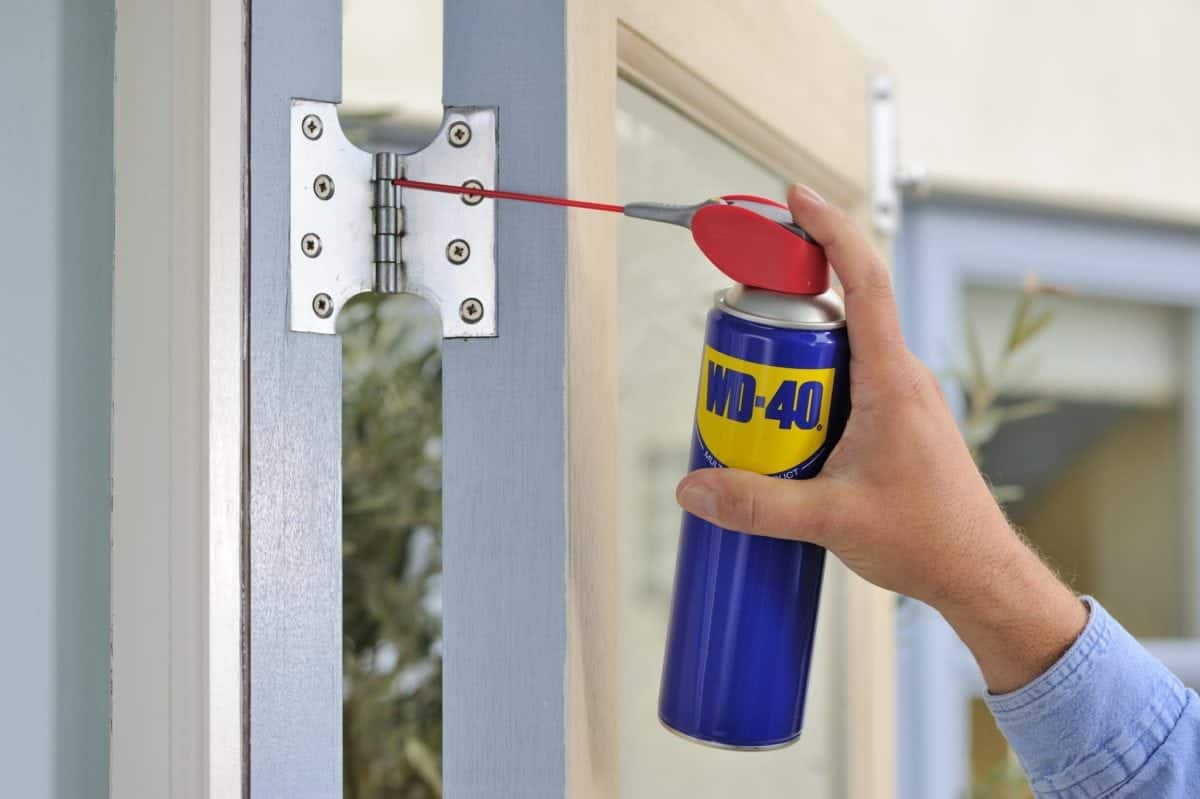

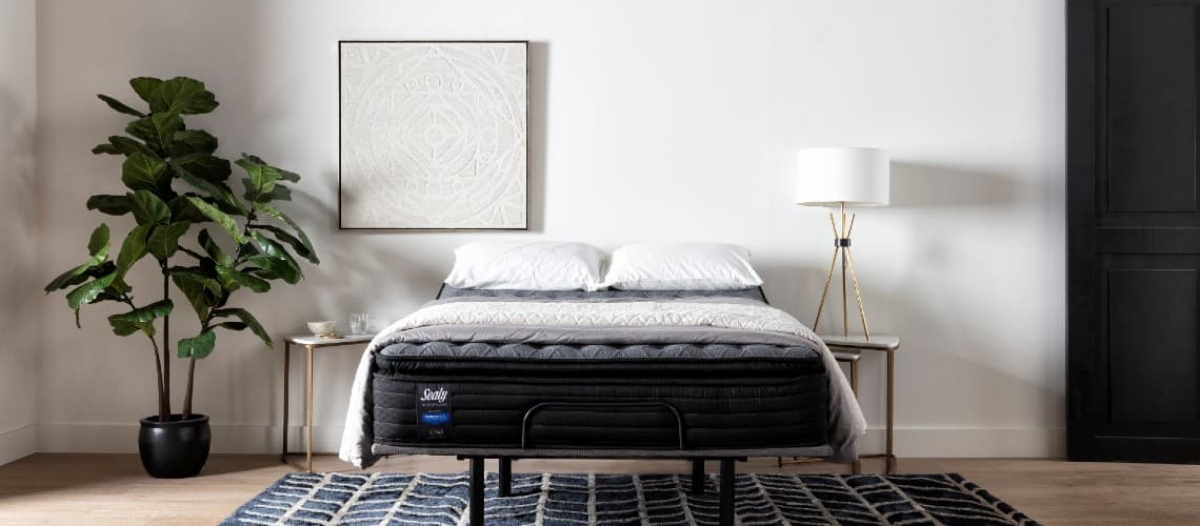
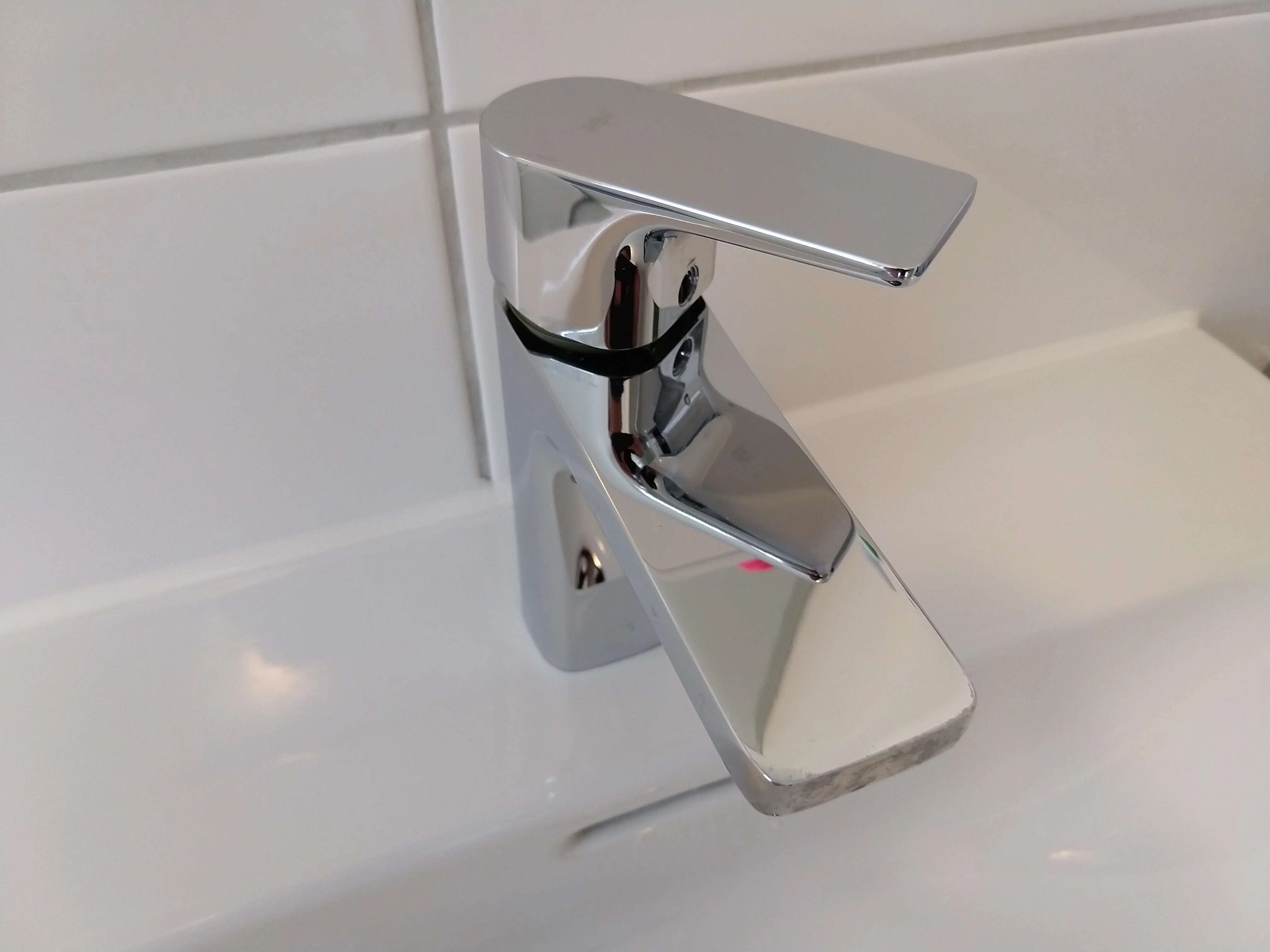
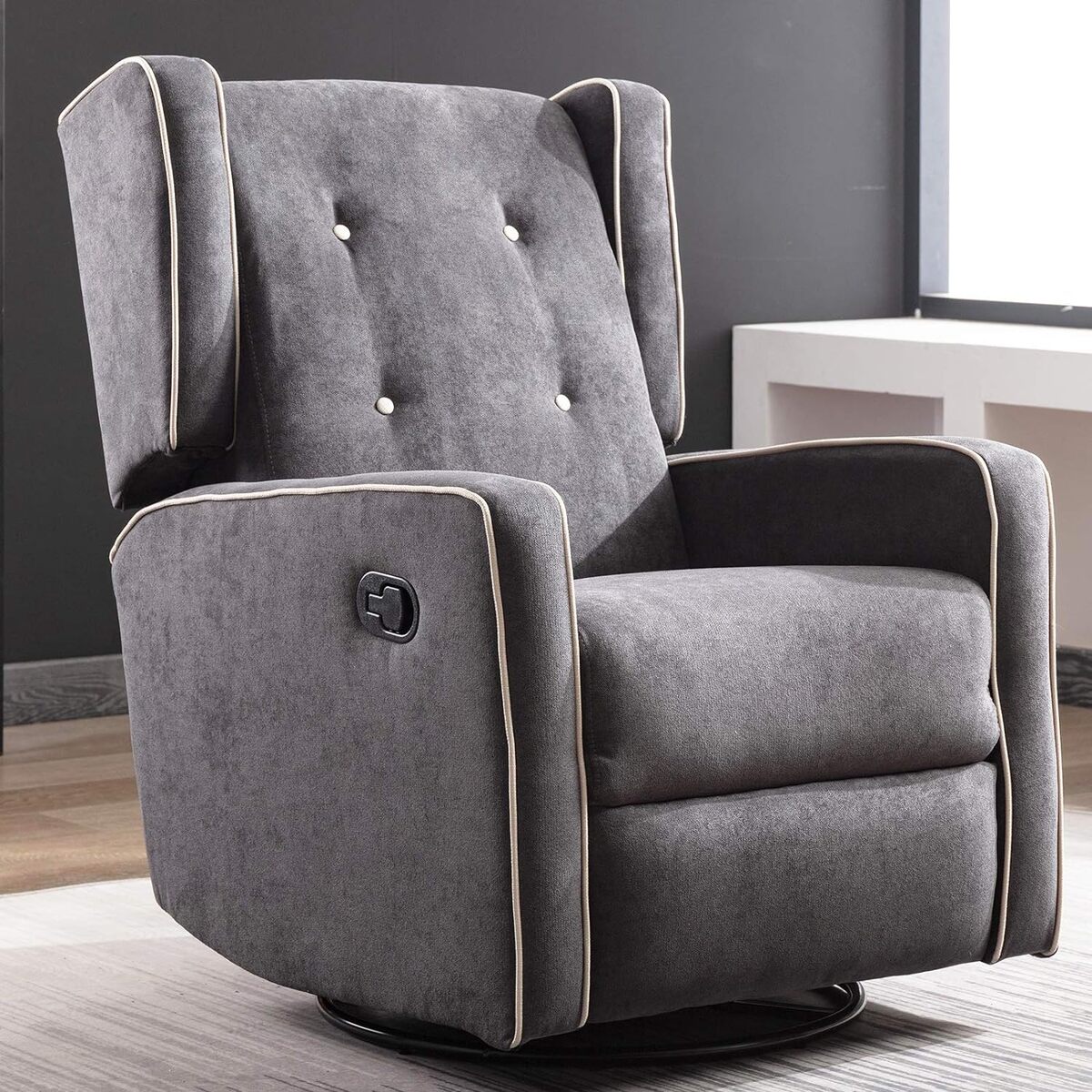
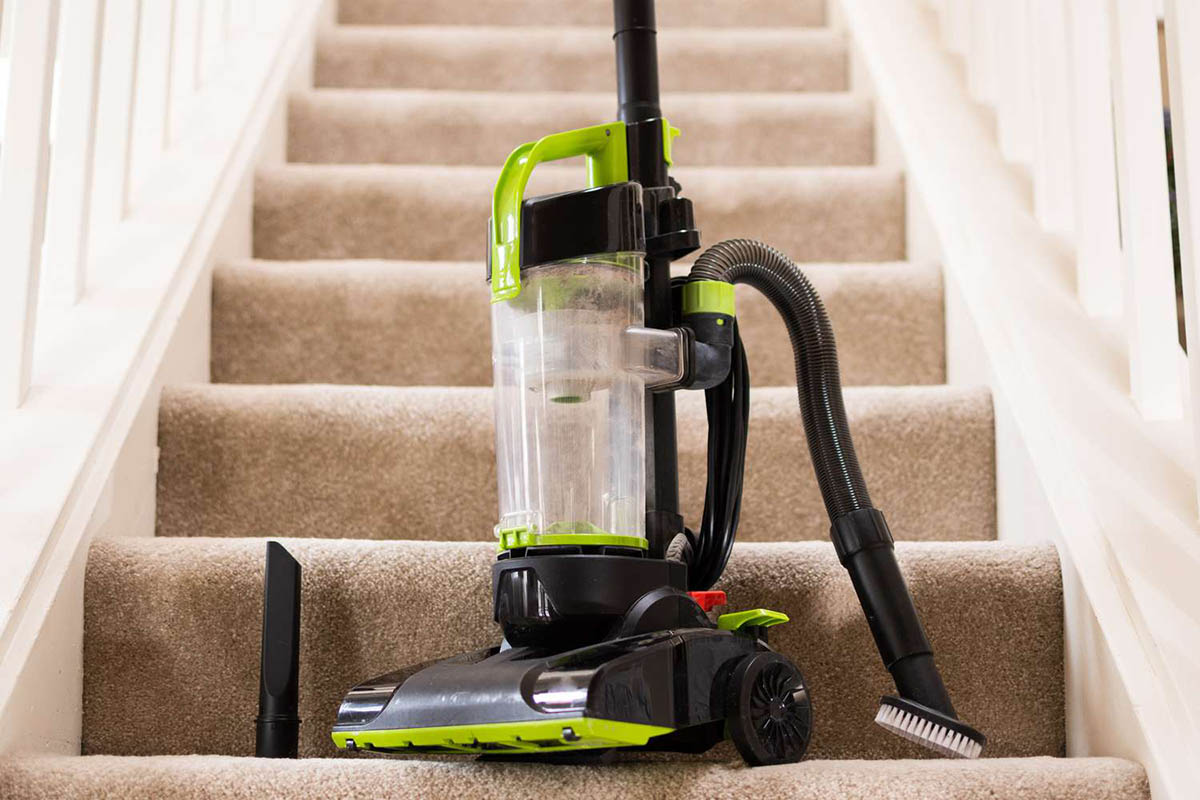
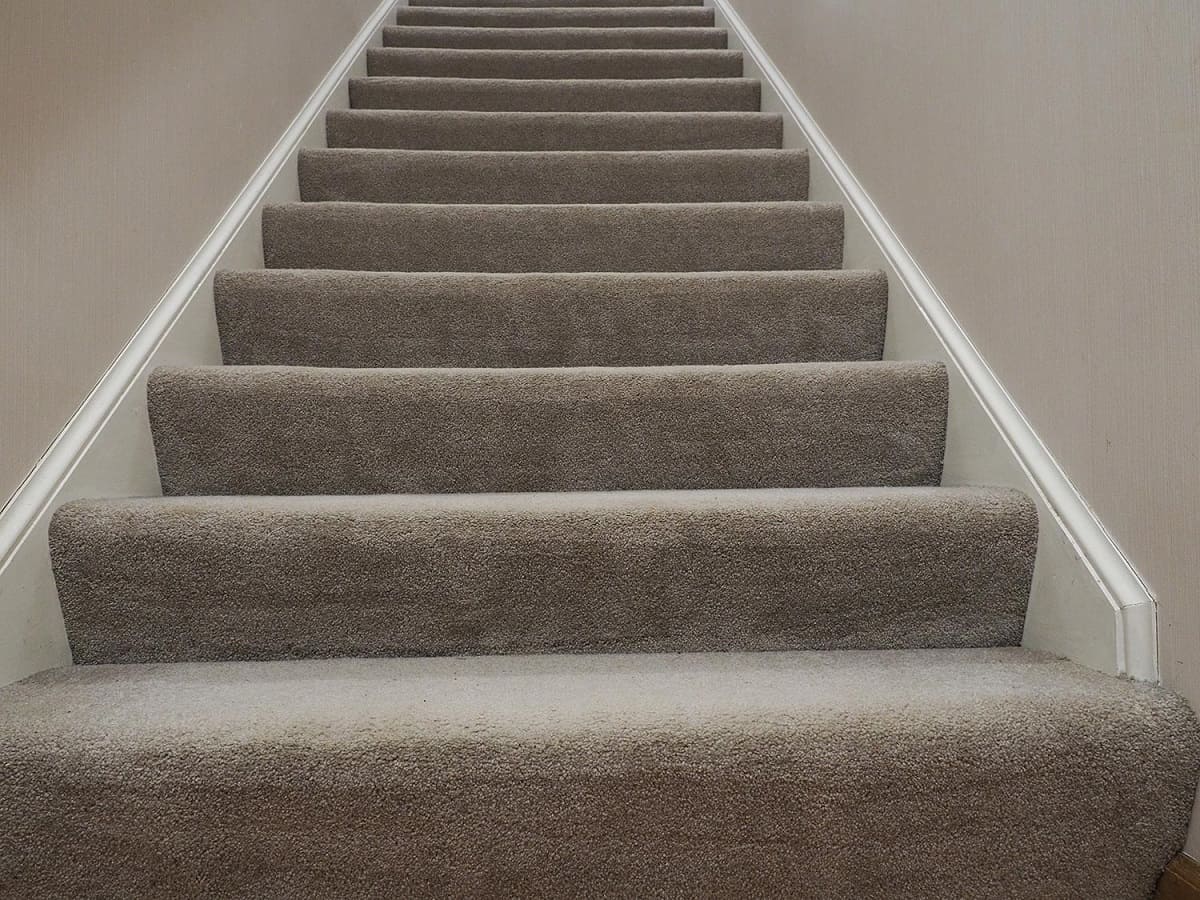
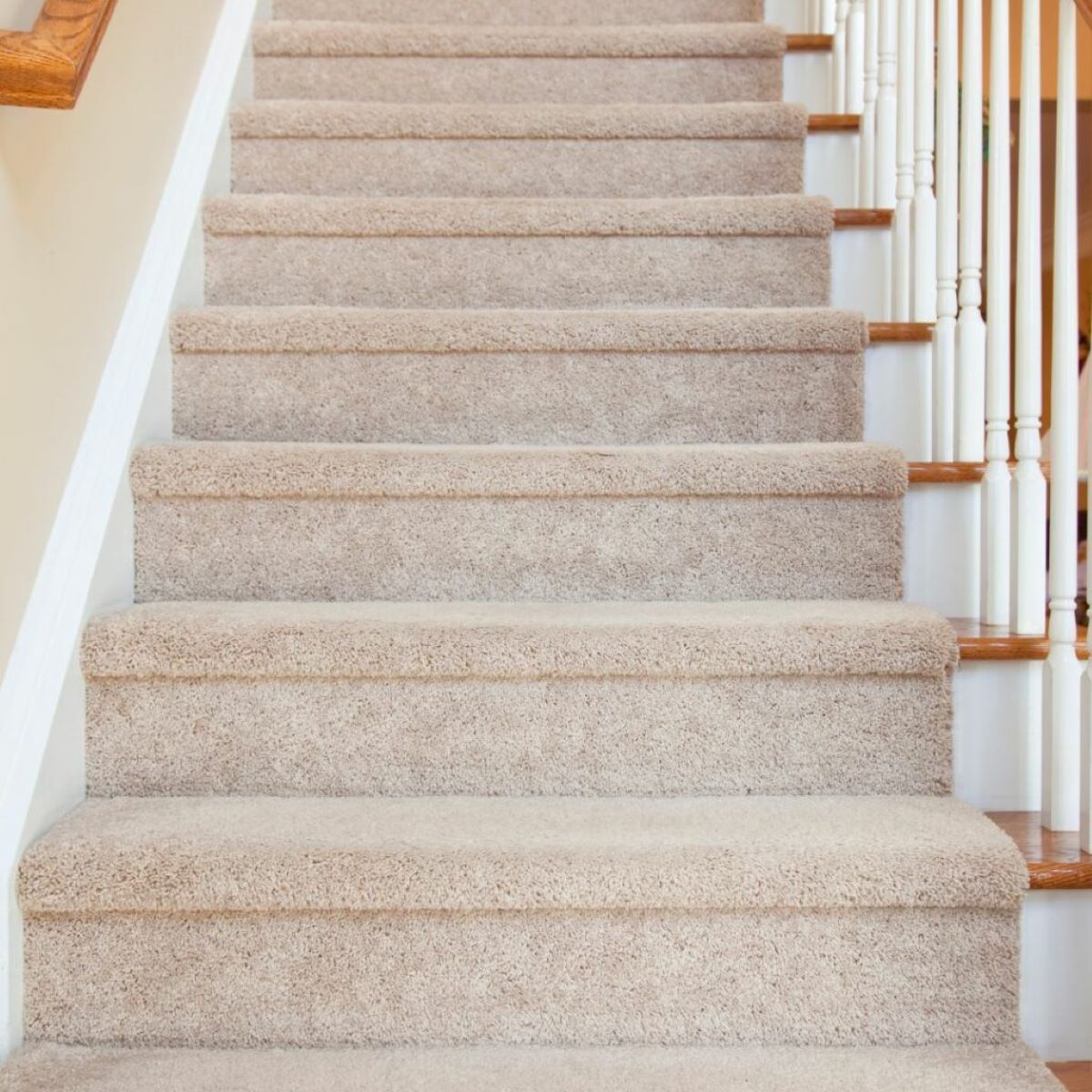
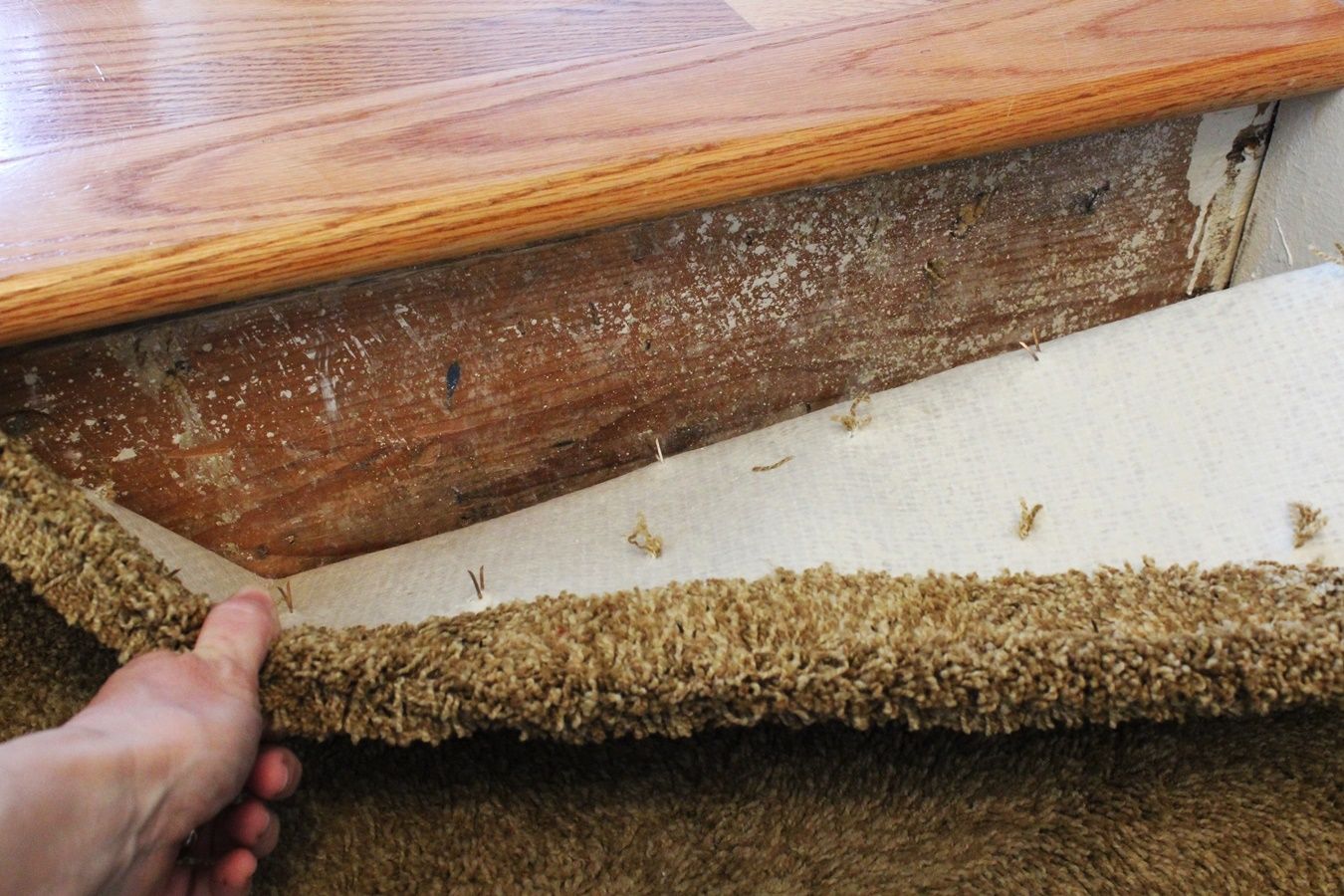
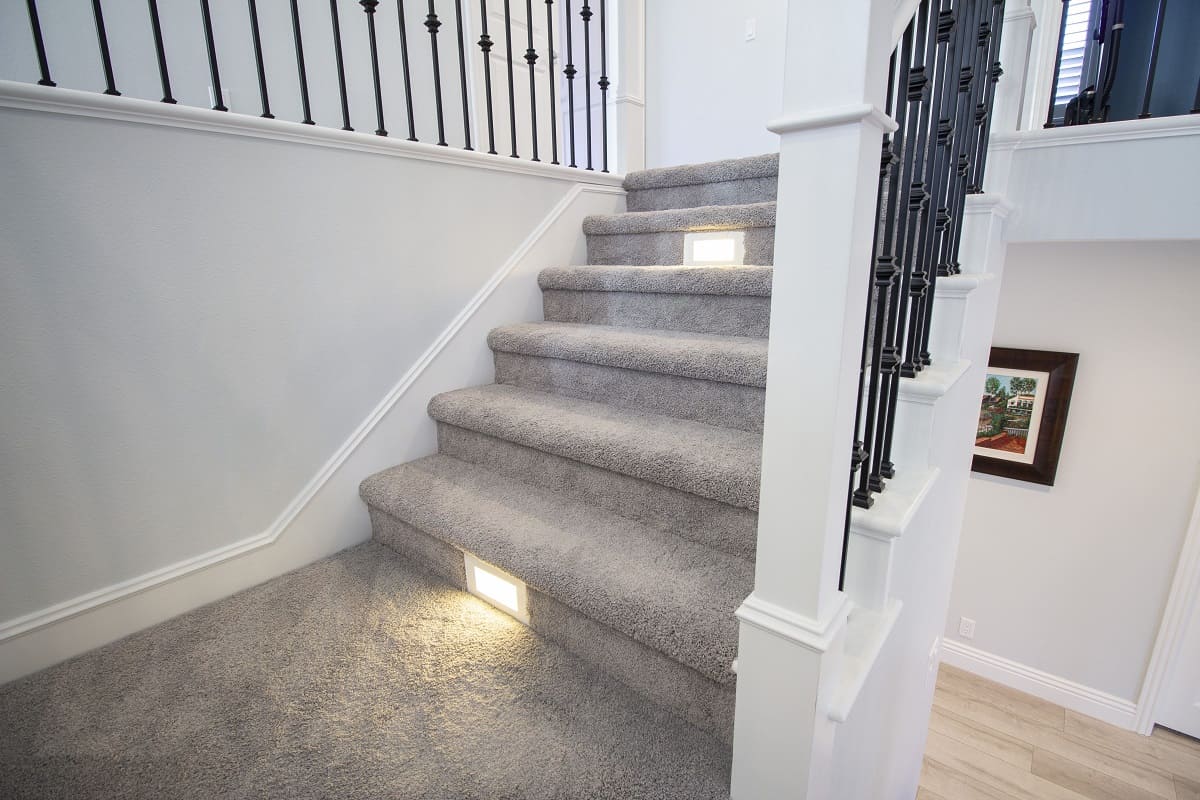
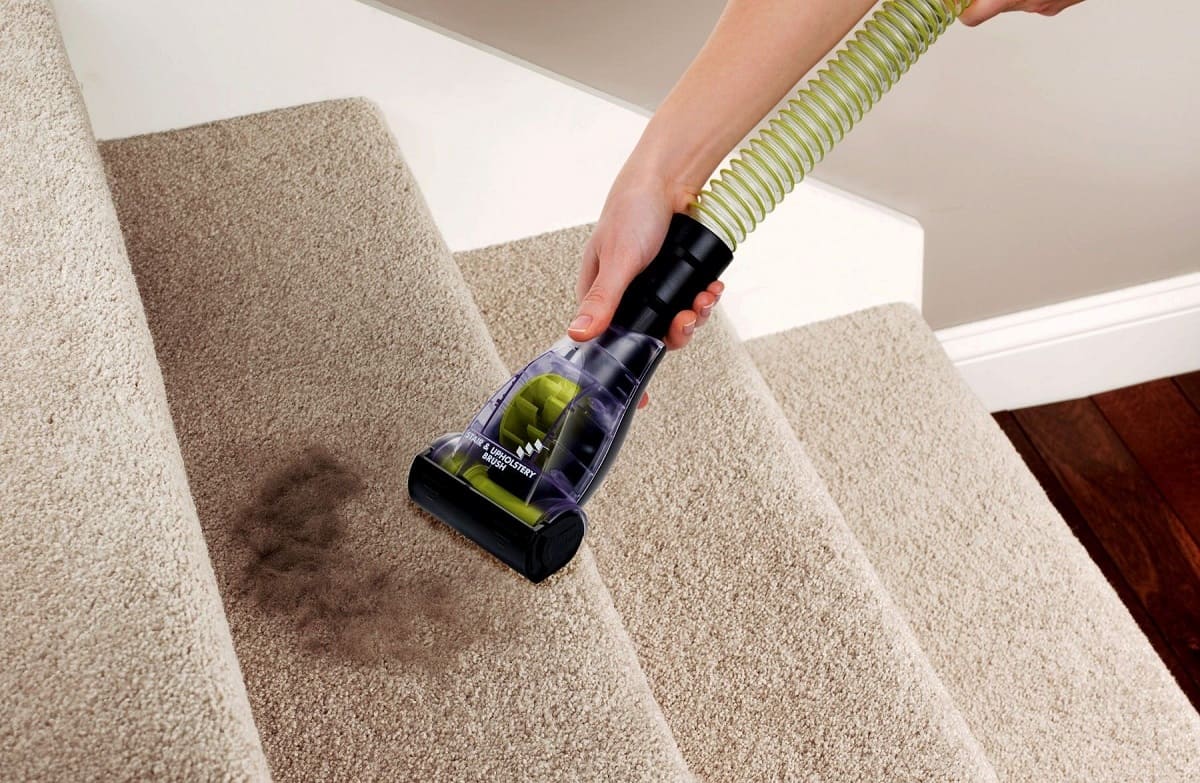
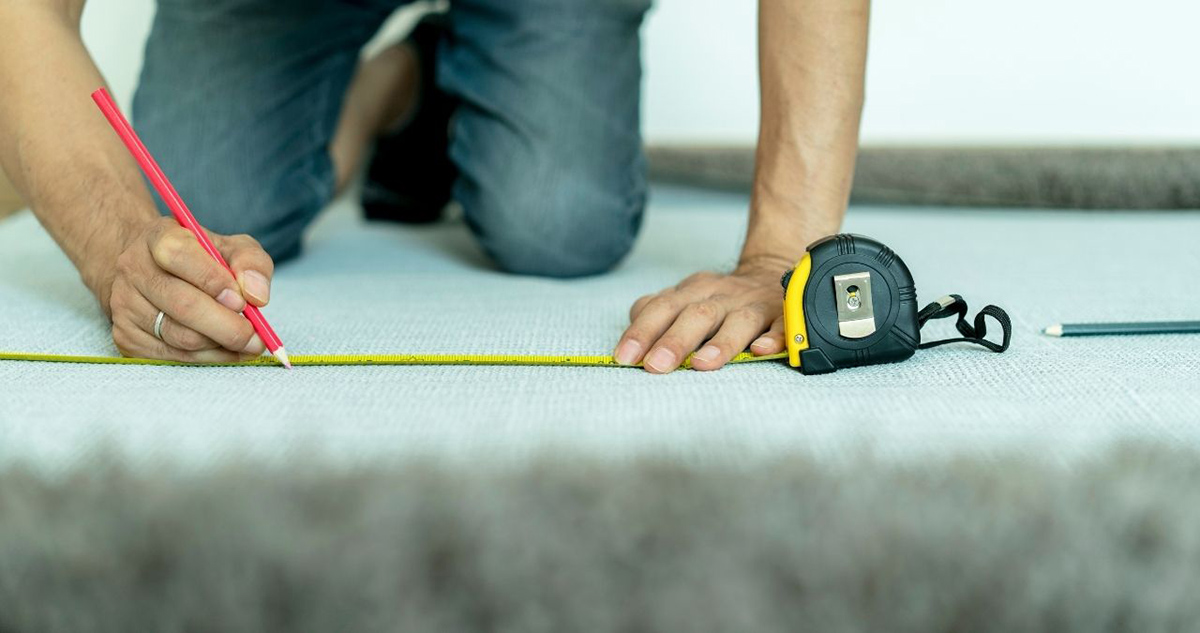
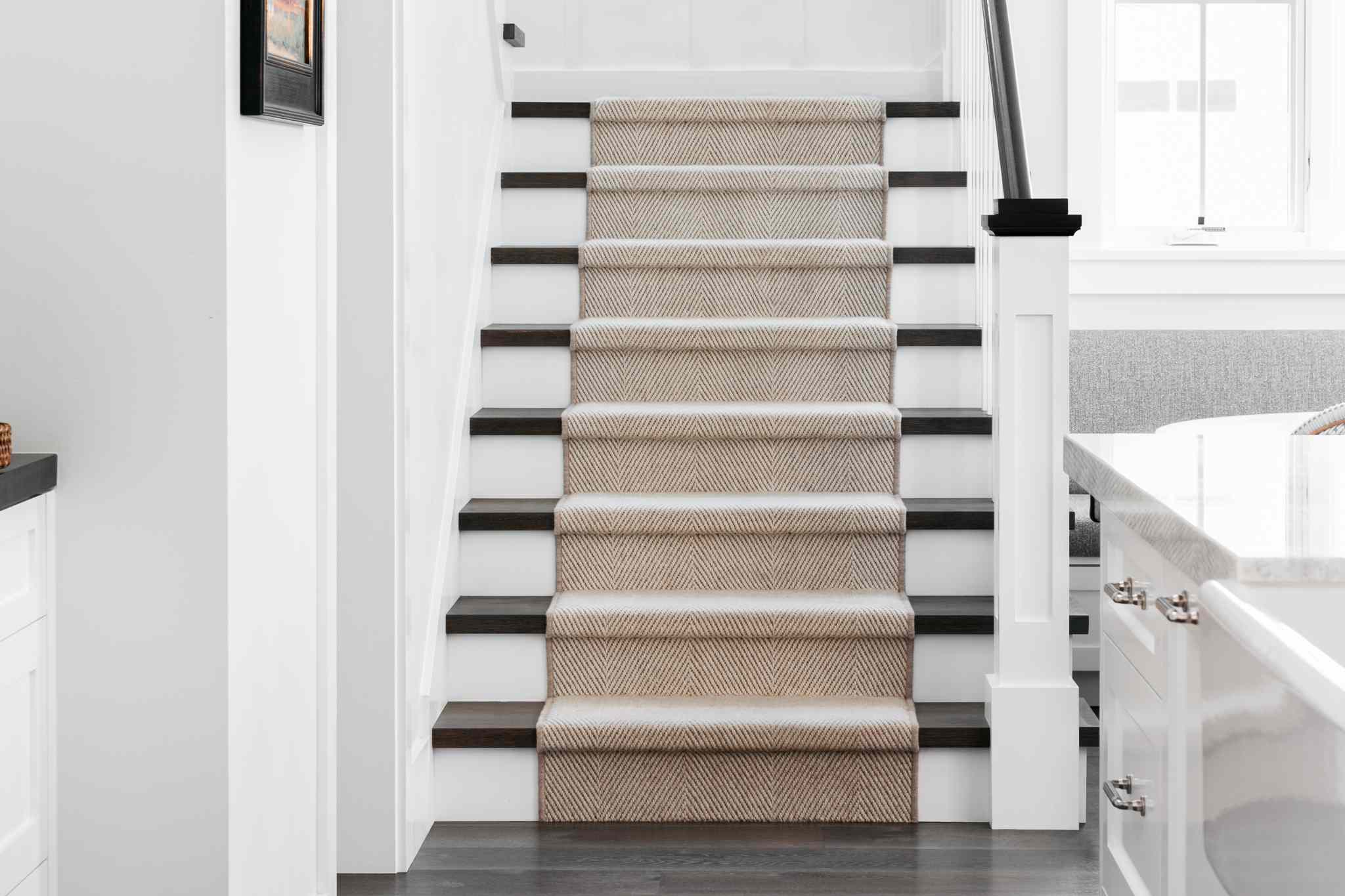

0 thoughts on “How To Fix Squeaky Carpeted Stairs”